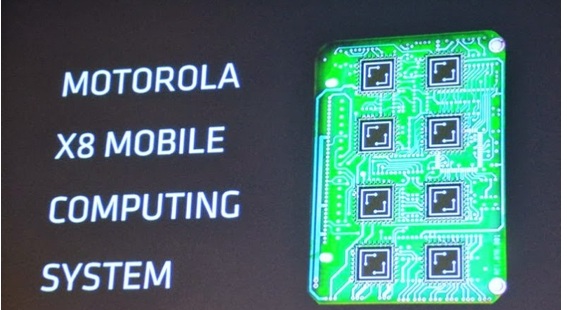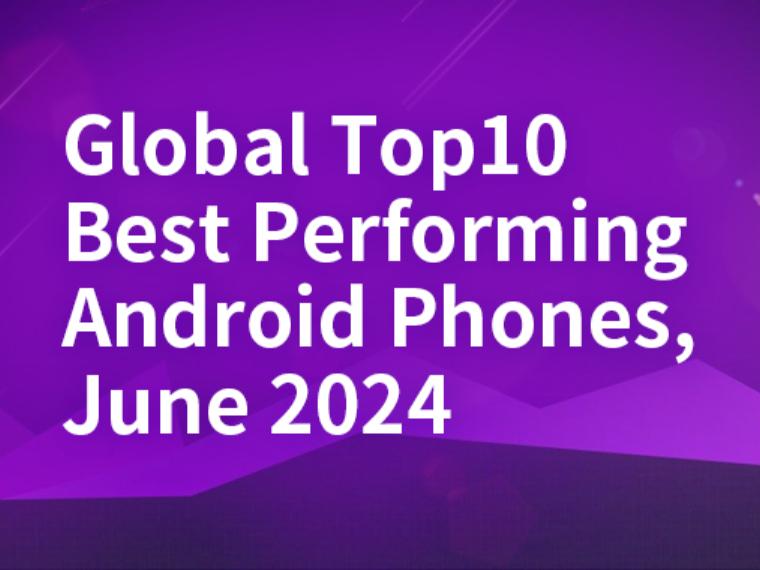Motorola details X8 processing system, packs more than just
Although the Motorola X8 processing system is at the heart of the newly launched DROID Ultra, DROID Maxx and DROID Mini, specifications remain sparse. In an interview with PC Mag, Iqbal Arshad, Motorola’s Senior VP of Engineering, reveals some new details of the new OS.
The Motorola X8 will be rocking a dual core 28 nm Snapdragon 1.7 GHz processor with customized firmware. However, according to Arshad, the Motorola X8 is much more than just the ARM cores. In this case, Motorola has added two new digital signal processors, namely the contextual computing processor and the natural language processor, with the contextual processing processor being able to act as a low power CPU similar to the companion core in Nvidia’s Tegra. Also on board is a 4 core GPU running at 400 MHz.
The contextual core’s task is to handle display, sensor and touch interaction while the natural language core handles noise cancellation, voice recognition and audio related tasks. Both the custom processors are specified by Motorola but designed and manufactured by unknown firms. Motorola says these custom cores can be seamlessly paired with all ARM CPUs, not just the one from Qualcomm.
The advantage for the two extras customized processor is obvious. General application processors such as the Qualcomm Snapdragon are snappy but not always the most power efficient in processing certain workloads. For example, voice recognition requires the calculation of Fourier transform, which is mathematically complex. Solving Fourier transform on a generic application processor is much slower and hence consumed more power compared to a customized hardware. Since audio processing is a big part in mobile devices, the addition of natural language processor made sense and certainly able to increase overall power efficiency.
To prove that it is the case, Motorola claimed that the X8 processing system performs 50 percent better than competition in battery benchmarks.
What Motorola did to the X8 processing system is similar to Samsung’s and Nvidia’s implementation of cores on chips. With Samsung, four lower power Cortex A7 cores are paired with four Cortex A15, hence the name Exynos Octa. With Nvidia, a single low leakage Cortex A15 is fabricated alongside four high leakage Cortex A15 cores as a companion core. The only difference being the contextual computing processor and the natural language processor from the Motorola X8 are not based on ARM architecture.
In the end, all implementations are aimed to increase power efficiency. The only question remaining is which one is the best?








